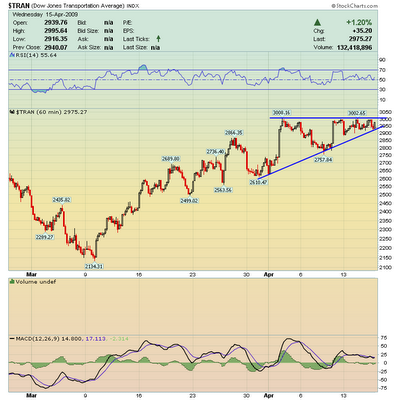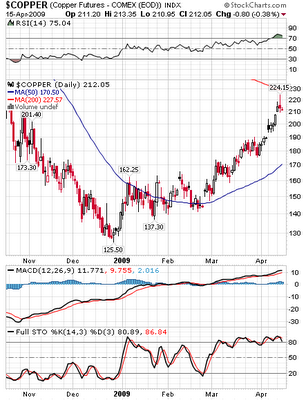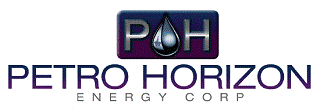Telegraph.co.uk
China’s State Reserves Bureau (SRB) has instead been buying copper and other industrial metals over recent months on a scale that appears to go beyond the usual rebuilding of stocks for commercial reasons.
Nobu Su, head of Taiwan’s TMT group, which ships commodities to China, said Beijing is trying to extricate itself from dollar dependency as fast as it can.
“China has woken up. The West is a black hole with all this money being printed. The Chinese are buying raw materials because it is a much better way to use their $1.9 trillion of reserves. They get ten times the impact, and can cover their infrastructure for 50 years.”
“The next industrial revolution is going to be led by hybrid cars, and that needs copper. You can see the subtle way that China is moving into 30 or 40 countries with resources,” he said.
The SRB has also been accumulating aluminium, zinc, nickel, and rarer metals such as titanium, indium (thin-film technology), rhodium (catalytic converters) and praseodymium (glass).
While it makes sense for China to take advantage of last year’s commodity crash to restock cheaply, there is clearly more behind the move. “They are definitely buying metals to diversify out of US Treasuries and dollar holdings,” said Jim Lennon, head of commodities at Macquarie Bank.
John Reade, metals chief at UBS, said Beijing may have a made strategic decision to stockpile metal as an alternative to foreign bonds. “We’re very surprised by Chinese demand. They are buying much more copper than they will need this year. If this is strategic, there may be no effective limit on the purchases as China’s pockets are deep.”
Zhou Xiaochuan, the central bank governor, piqued the interest of metal buffs last month by calling for a world currency modelled on the “Bancor”, floated by John Maynard Keynes at Bretton Woods in 1944.
The Bancor was to be anchored on 30 commodities – a broader base than the Gold Standard, which had caused so much grief in the 1930s. Mr Zhou said such a currency would prevent the sort of “credit-based” excess that has brought the global finance to its knees.
If his thoughts reflect Communist Party thinking, it would explain the bizarre moves in commodity markets over recent weeks. Copper prices have surged 49pc this year to $4,925 a tonne despite estimates by the CRU copper group that world demand will fall 15pc to 20pc this year as construction wilts.
Analysts say “short covering” by funds betting on price falls has played a role. But the jump is largely due to Chinese imports, which reached a record 329,000 tonnes in February, and a further 375,000 tonnes in March. Chinese industrial demand cannot explain this. China has been badly hit by global recession. Its exports – almost half GDP – fell 17pc in March.
While Beijing’s fiscal stimulus package and credit expansion has helped lift demand, China faces a property downturn of its own. One government adviser warned this week that house prices could fall 50pc.
One thing is clear: Beijing suspects that the US Federal Reserve is engineering a covert default on America’s debt by printing money. Premier Wen Jiabao issued a blunt warning last month that China was tiring of US bonds. “We have lent a huge amount of money to the US, so of course we are concerned about the safety of our assets,” he said.
This is slightly disingenuous. China has the world’s largest reserves – $1.95 trillion, mostly in dollars – because it has been holding down the yuan to boost exports. This mercantilist strategy has reached its limits.
The beauty of recycling China’s surplus into metals instead of US bonds is that it kills so many birds with one stone: it stops the yuan rising, without provoking complaints of currency manipulation by Washington; metals are easily stored in warehouses, unlike oil; the holdings are likely to rise in value over time since the earth’s crust is gradually depleting its accessible ores. Above all, such a policy safeguards China’s industrial revolution, while the West may one day face a supply crisis.
Beijing may yet buy gold as well, although it has not done so yet. The gold share of reserves has fallen to 1pc, far below the historic norm in Asia. But if a metal-based currency ever emerges to end the reign of fiat paper, it is just as likely to be a “Copper Standard” as a “Gold Standard”. www.ManagingExpectation.com





